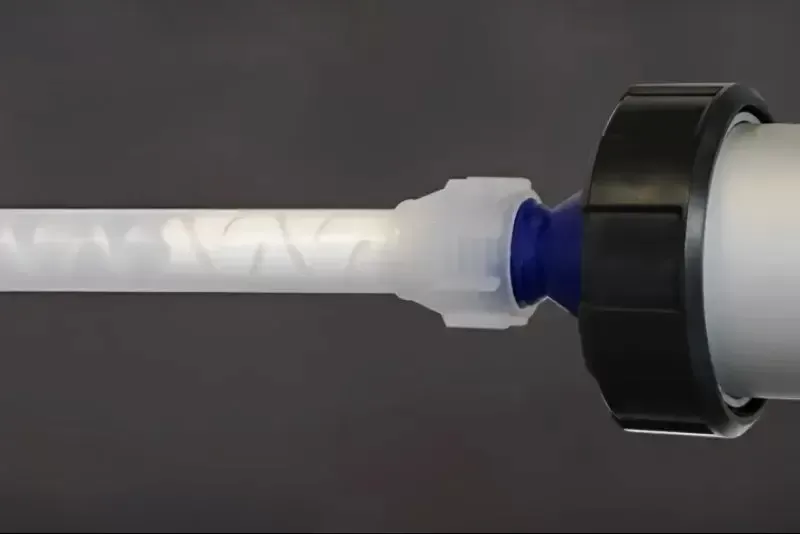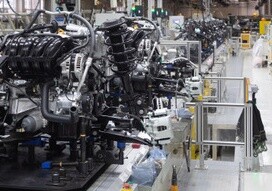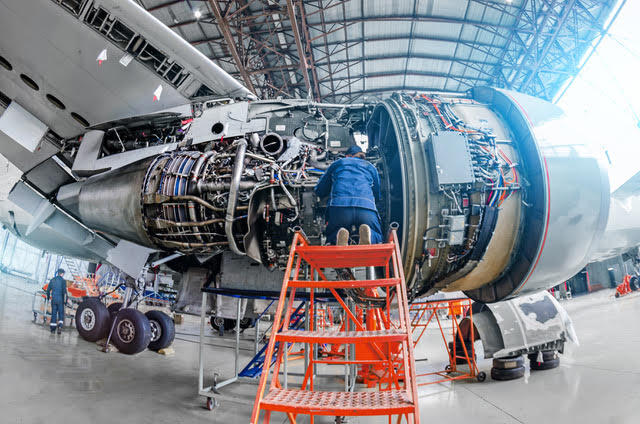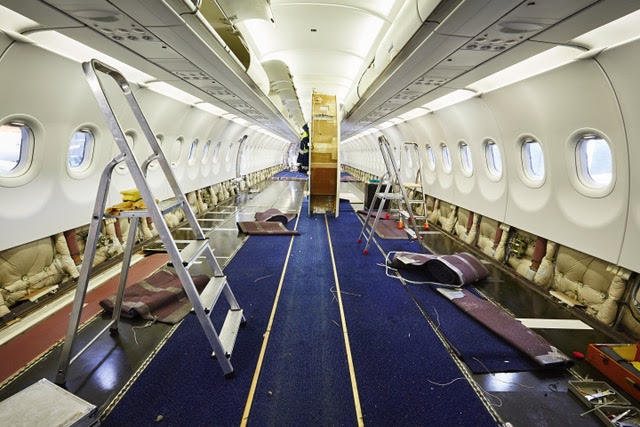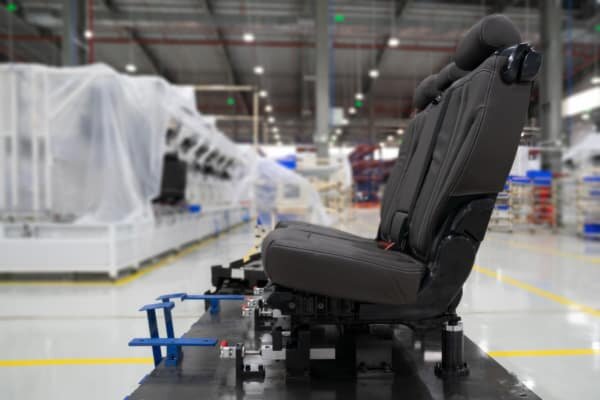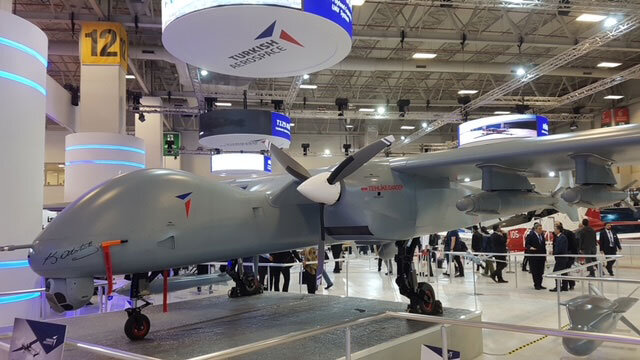Aircraft FST adhesive and bonding enhancer

As a service, we offer free adhesives & sealants advice. We know it can be hard to find the best solution for your project. Please leave your details and we will get in touch within 1 day.
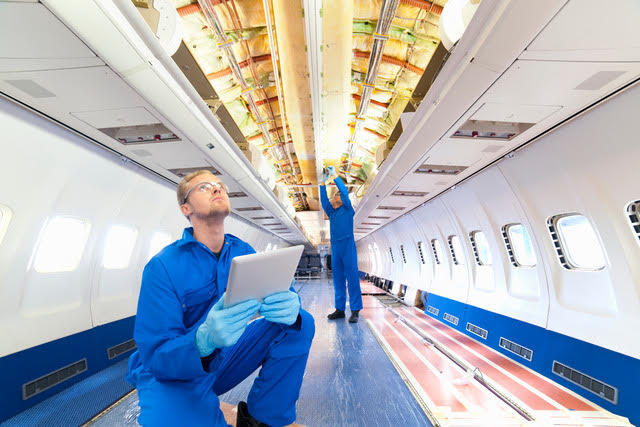
Aircraft adhesive bonding
Aircraft adhesive bonding is an important topic for both the aviation industry and automotive industry. All companies that work in these fields generally have extremely high demands for the quality and reliability of their materials. Just look at the circumstances under which their products must be able to perform.
- extreme high and low temperatures
- shrinkage and expansion due to temperature changes
- low and high frequency vibrations
- sudden pressure changes
- various challenges regarding tensile strength and shearing forces
- the requirement to add as little weight as possible to the fuselage or wings
All that with the added requirement of predictable reliability for years on end. No small feat.
At the same time, they are very much bound by many requirements regarding safety and the environment. So, it’s no surprise that they want the best materials, with predictable and reliable properties. This is as true for the parts materials, as it is for the adhesives that are used to bond them. It is fair to say that few professional fields – with the possible exception of the medical professions and laboratories – have such high standards as the aviation and automotive industries.
Because you are reading this, you may be looking for a particular solution. This article may help you determine whether you are considering all the elements in your decision chain.
We can help you find the best solution for your particular aircraft adhesive challenge. Click here for more support.
Aircraft adhesion properties to consider
When you work for a company that makes assemblies for the aviation or aerospace industry, the following should come as a familiar description. You are justifiably fastidious when it comes to adhesives. You want them to be predictable and reliable in their intended uses. Most of all, you expect them to support the other materials within the assembly, strengthening the construction, and do not introduce a weak link in your production chain.
The materials used for the huge number of parts in these branches have a wide range of properties. Whether they are metals or plastics, they all must comply with a number of requirements and have certain key product attributes. For most of them it can be said that they must be light, strong, and up for their task.
EFST-compliant aviation adhesives
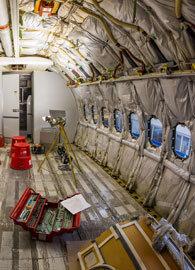
Then there is the safety aspect. While their structural properties can be seen from a safety viewpoint, for this article we also focus on their FST score. You need their Fire, Smoke and Toxicity levels to meet FST regulations. In case of a fire, you want them to be fire resistant or at least fire retardant, and expel a very low amount of smoke and toxic fumes, or none at all. If our customers expect that from their materials, they’ll expect nothing less from their adhesives.
Aircraft adhesives must be incredibly strong when cured, but preferably also easy and safe to work with on the assembly line. They must meet expectations regarding their bonding properties, but they must also comply with FST regulations. They must have a workable gel time, but also a short fixture time. Full cure time should not take forever.
Of course, the wider the range of materials they can be used with, the better it is. Everybody rather stocks a limited number of adhesives, decreasing the costs and needed storage space. Sometimes overlooked is the fact that a smaller number of adhesives, decreases the costs but also the possibility of mistakes. Using an adhesive with a similar but ultimately wrong identification code can lead to costly and possibly dangerous mistakes.
Aerospace polyamide bonding enhancers increase production flexibility
The use of bonding enhancers can greatly improve the effectiveness and flexibility of your assembly line. Scheduling can become easier, preparation time on the line can be reduced, and for many materials the reliability of the bond can be improved. This is true for various metals, but also improves bonding of a number of polyamides (PA6, PA12, PA66, etc.).
You want your bonding enhancer to have a long shelf life, for prolonged storage if you buy in bulk. Once mixed, the bonding enhancer must have a fairly long pot life, giving you ample time to work. With certain bonding enhancers, the treated parts have a nearly indefinite shelf life. This makes it possible to treat parts, in a remote location, transport and store them anywhere you want, all long before the assembly of the finished parts is needed.
FST-compliant interior adhesive for aircraft
Two-component epoxy adhesives cure at room temperature, and can be used with a wide variety of materials that are used in the aviation industry. Some expert adhesives have been developed especially for metal, composites, and a number of thermosets and thermoplastics. They are also FST-compliant (FAR 25.853, ABD0031).
Now, the temperature on your production line heavily influences gel time and fixture time. Higher temperatures shorten these times, and vice versa. Certain adhesives still have quite long gel time and fixture times when applied at around 73°F, but around 150°F these are reduced to single digit minutes. Full cure time under these temperatures goes down from about 5 days to around 15 minutes. Other types will still take double digits to gel or set, even at those higher temperatures. In general, application should be done at the lower end of these values, and the parts should be left to cure in their assembled position until full bonding has been achieved.
Whatever your application and circumstances at your production site, the perfect aircraft adhesive for you is out there. Let us help you find it. We can help you bond with the right supplier. Click here for advice.

What solution are you looking for?
We are specialized in the transportation and automotive industry. Need the best products or advice? Then please leave your details and we will get in touch.
